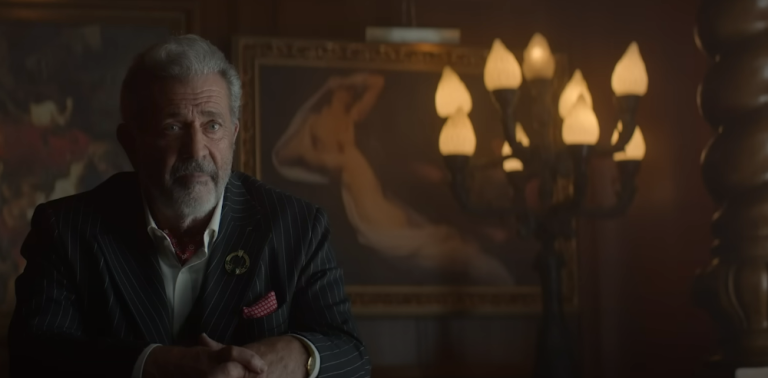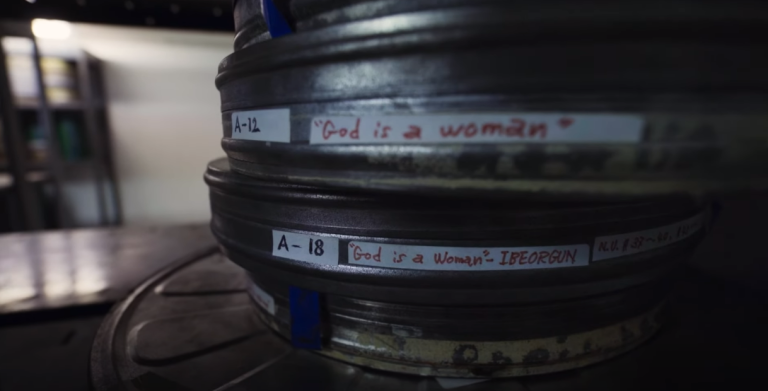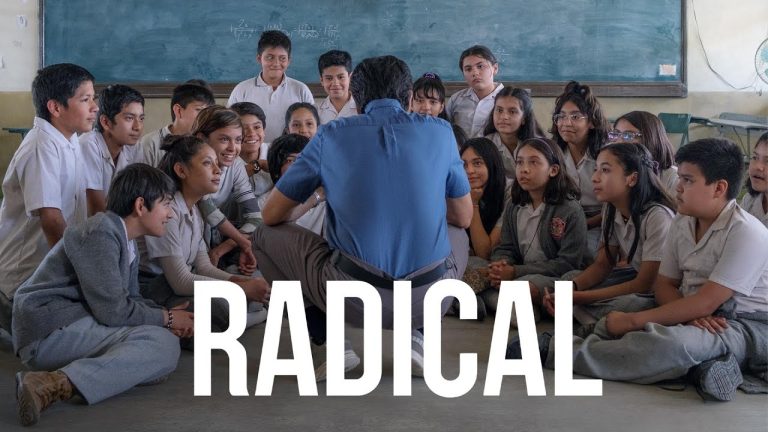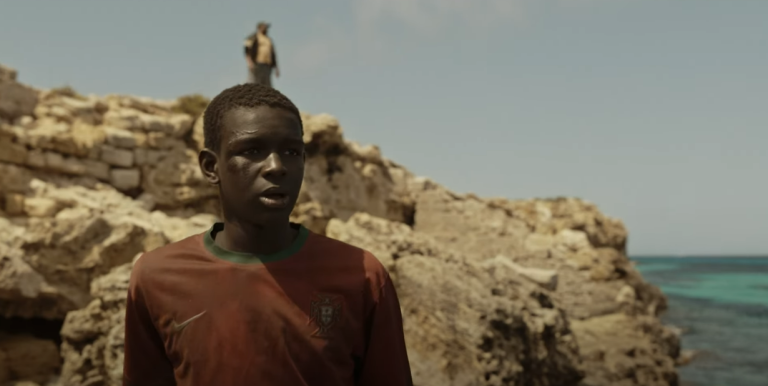
In George Clooney’s recent directorial endeavor, “The Boys in the Boat,” viewers are taken on a journey through familiar narrative territory, as the film navigates the well-trodden path of underdog triumph set against the backdrop of the Great Depression in the 1930s. The film introduces us to Joe, portrayed by Callum Turner, in a moment of economic hardship, symbolized by his act of stuffing his shoe with newspaper—a poignant reflection of the era’s struggles.
Despite its noble intentions, the film struggles to fully captivate its audience, meandering predictably like a rowboat drifting in calm waters. Drawing from Daniel James Brown’s 2013 novel, the storyline adheres closely to the conventions of inspirational drama, offering little in the way of narrative surprises. However, amidst this monotony, viewers may find solace in the visually striking cinematography by Martin Ruhe, along with occasional glimpses of wry humor.
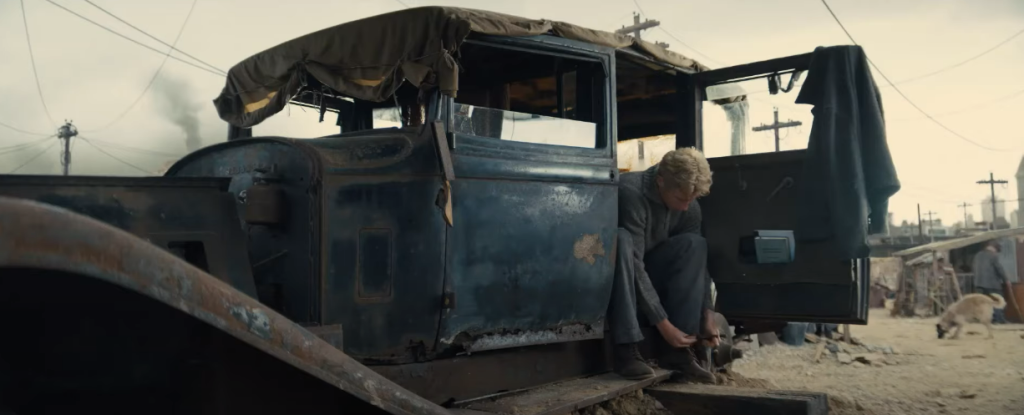
One particular scene stands out, featuring Coach Ulbrickson, played by Joel Edgerton, sharing a meal with his “neglected but content” wife, Hazel, portrayed by Courtney Henggeler. Their interaction, where Ulbrickson mistakenly identifies pork as chicken, provides a rare moment of levity in an otherwise flat narrative.
In essence, “The Boys in the Boat” falls short of delivering the emotional depth or narrative innovation necessary to fully engage its audience. While it may offer a sense of comfort through its familiar tropes, akin to rowing along a tranquil river, it ultimately leaves viewers yearning for a more substantive cinematic experience.

The romantic subplot between Joe and the enchanting Joyce in “The Boys in the Boat” draws comparisons to the courtship depicted in “12th Fail,” characterized by warmth and tenderness. Joe’s affection for Joyce echoes Vikrant Massey’s portrayal of adoration for his beloved in the latter film, portraying a sense of longing and admiration beyond one’s means.
Despite Clooney’s stature as a major actor, his directorial efforts, spanning from “Confessions of a Dangerous Mind” (2002) to “The Tender Bar” (2021), often lean towards being more likable than truly outstanding. Clooney’s filmmaking approach and character development tend to embody an old-school, humane sensibility, providing a safe haven for cinema that aligns with politically correct ideals. However, this adherence to convention raises questions about the absence of a visually liberated style that distinguishes exceptional directors like Scorsese from Clooney.
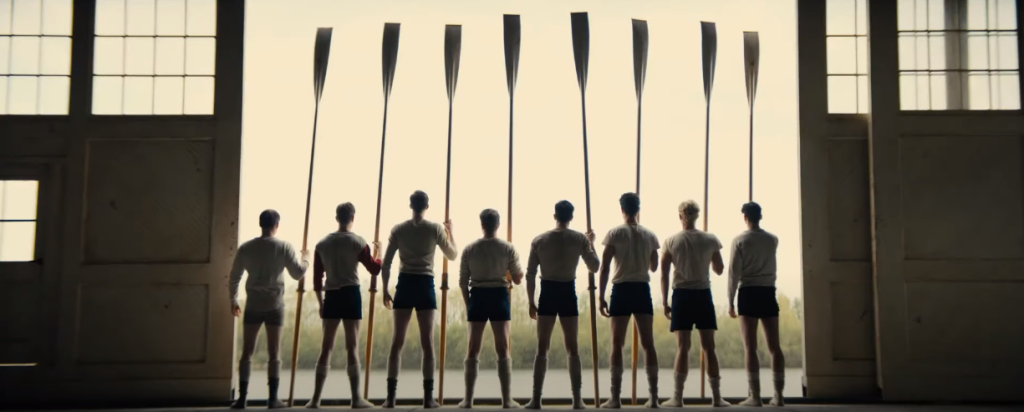
Ironically, in “The Boys in the Boat,” the film’s most engaging moments occur when the characters are not confined to the boat itself. It’s within the realms of character interaction and emotional depth that the film truly shines, despite its overall predictability.
| Aspect | Summary |
|---|---|
| Plot | “The Boys in the Boat” follows familiar narrative tropes of underdog triumph during the Great Depression, centered around protagonist Joe. |
| Cinematography | Martin Ruhe’s cinematography stands out, offering visually stunning moments amidst the predictable storyline. |
| Humor | Occasional flashes of wry humor provide brief relief from the film’s overall monotony, notably seen in a scene involving Coach Ulbrickson and his wife Hazel. |
| Romantic subplot | The subtle romantic connection between Joe and Joyce echoes themes seen in “12th Fail,” offering warmth and tenderness to the narrative. |
| Clooney’s direction | George Clooney’s directorial style, characterized as old-school and humane, falls short of delivering outstanding cinema, lacking in liberated visual style seen in exceptional directors like Scorsese. |
| Engagement | Despite its predictability, the film finds moments of engagement in character interactions and emotional depth, particularly outside the confines of the boat. |

